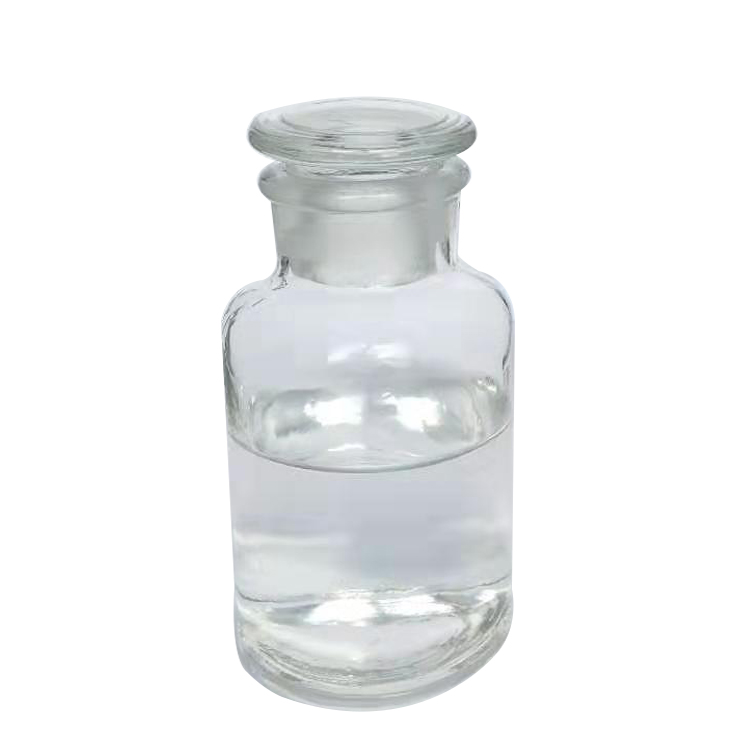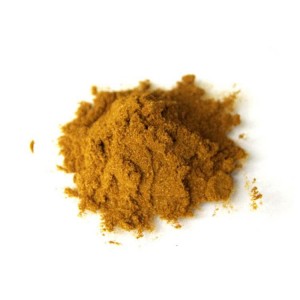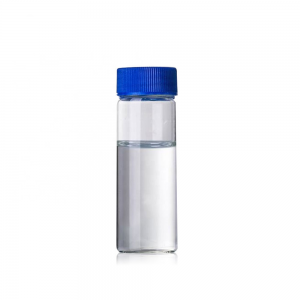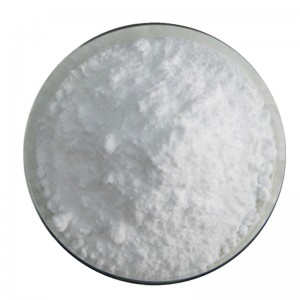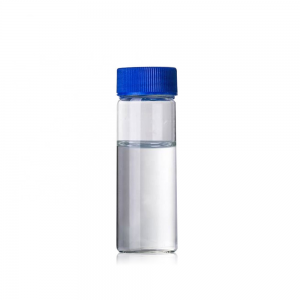Dibutyl Phthalate Used as Pasticizer for Nitrocellulose
Product Detail
| Name | Dibutyl phthalate |
| CAS Number | 84-74-2 |
| Molecular formula | C16H22O4 |
| Molecular weight | 278.34 |
| EINECS Number | 201-557-4 |
| Melting point | -35 °C (lit.) |
| Boiling point | 340 °C (lit.) |
| Density | 1.043 g/mL at 25 °C (lit.) |
| Vapor Density | 9.6 (vs air) |
| Vapor pressure | 1 mm Hg ( 147 °C) |
| Refractive index | n20/D 1.492(lit.) |
| Flash point | 340 °F |
| Storage conditions | 2-8°C |
| Solubility | Very soluble in alcohol, ether, acetone, benzene |
| Form | Liquid |
| Color | APHA:≤10 |
| Specific gravity | 1.049 (20/20℃) |
| Relative polarity | 0.272 |
Synonyms
ARALDITERESIN;PHTHALICACID,BIS-BUTYLESTER;PHTHALICACIDDI-N-BUTYLESTER;PHTHALICACIDDIBUTYLESTER;N-BUTYLPHTHALATE;O-BENZENEDICARBOXYLICACIDDIBUTYLESTER;Benzene-1,2-dicarboxylicaciddi-n-butylester;DIBUTYLPHTHALATE.
Description
Dibutyl phthalate, also known as dibutyl phthalate or dibutyl phthalate, English: Dibutylphthalate, is a colorless transparent oily liquid with a specific gravity of 1.045 (21°C) and a boiling point of 340°C, insoluble in water, water-soluble and volatile The properties are very low, but it is easily soluble in organic solvents such as ethanol, ether, acetone and benzene, and is also miscible with most hydrocarbons. Dibutyl phthalate (DBP), dioctyl phthalate (DOP) and diisobutyl phthalate (DIBP) are the three most common plasticizers, which are plastics, synthetic rubber and artificial leather, etc. commonly used plasticizers. It is obtained by thermal esterification of phthalic anhydride and n-butanol.
Chemical Properties
Colorless transparent oily liquid with slightly aromatic odor. Soluble in common organic solvents and hydrocarbons.
Application
-Used as a plasticizer for nitrocellulose, cellulose acetate, polyvinyl chloride, etc. This product is a plasticizer. It has strong dissolving power to various resins.
-Used for PVC processing, it can impart good softness to products. Because of its relatively cheap and good processability, it is very widely used, almost equivalent to DOP. However, the volatility and water extraction are relatively large, so the durability of the product is poor, and its use should be gradually restricted. This product is an excellent plasticizer of nitrocellulose and has strong gelling ability.
-Used for nitrocellulose coatings, has a very good softening effect. Excellent stability, flex resistance, adhesion and water resistance. In addition, the product can be used as a plasticizer for polyvinyl acetate, alkyd resin, ethyl cellulose and neoprene, and can also be used in the manufacture of paints, adhesives, artificial leather, printing inks, safety glass, celluloid, dyes , pesticides, fragrance solvents, fabric lubricants, etc.
- As a plasticizer for cellulose ester, salt and natural rubber, polystyrene; to make polyvinyl chloride and its copolymers cold-resistant for organic synthesis, ion selective electrode additives, solvents, insecticides, plasticizers , Gas chromatography stationary liquid (maximum use temperature 100 ℃, solvent is acetone, benzene, dichloromethane, ethanol), selective retention and separation of aromatic compounds, unsaturated compounds, terpene compounds and various oxygen-containing compounds (alcohols, aldehydes, ketones, esters, etc.).


